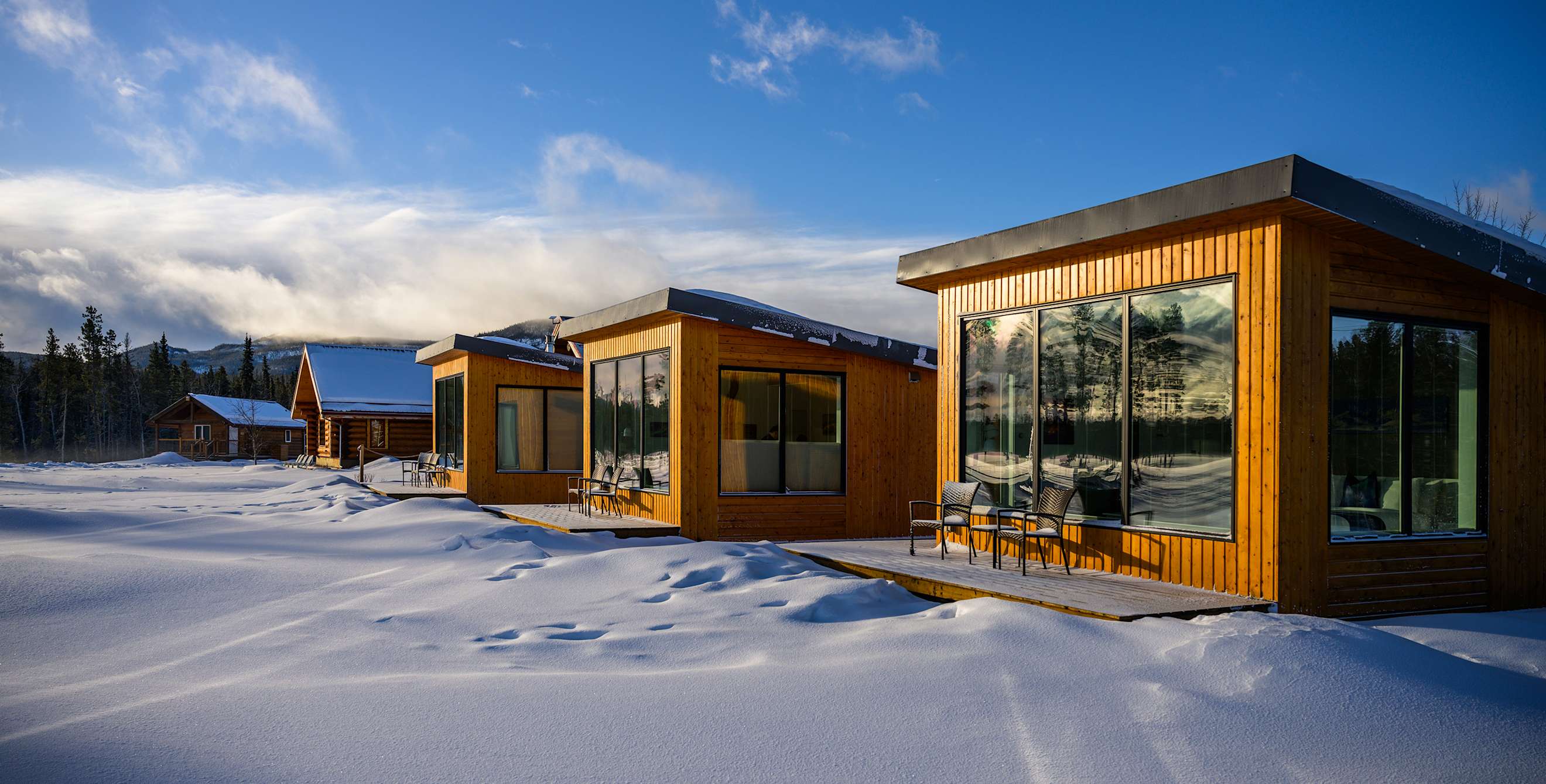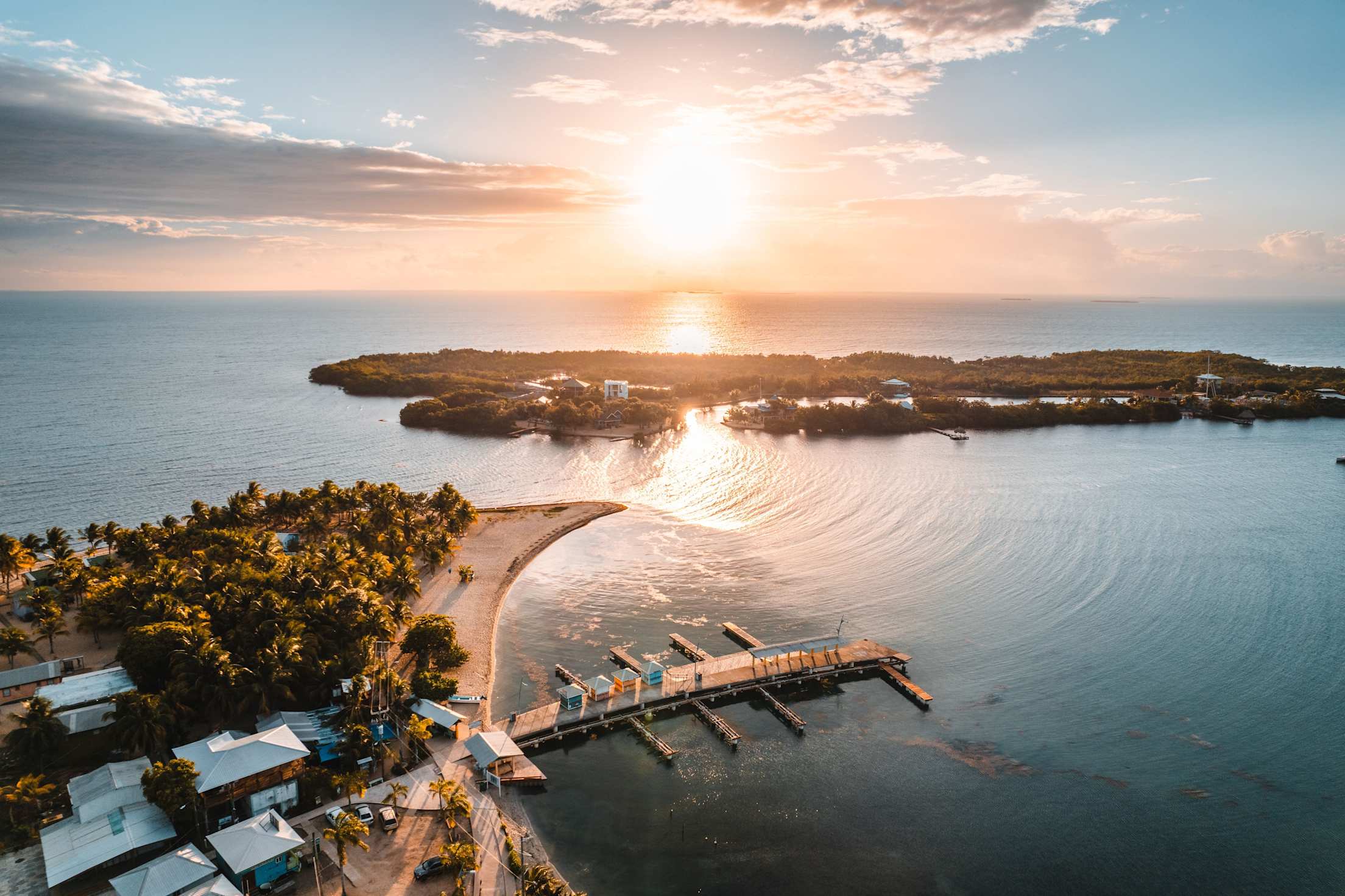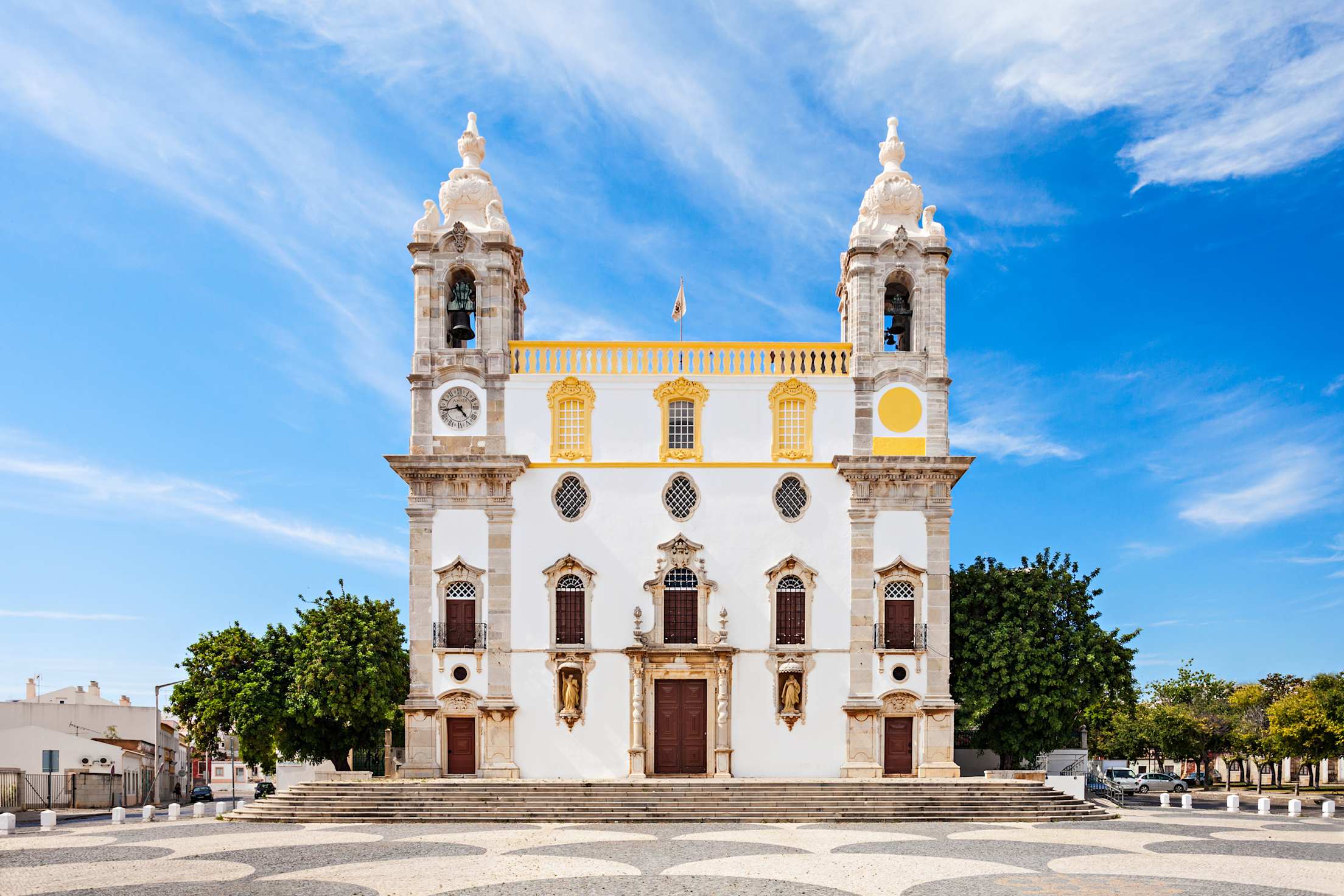
5 Lesser-Known International Destinations for Winter
From Europe to Central and South America, these gems remain mysteriously uncrowded.

Whether you’re looking for tropical beaches, culinary getaways, or snowy journeys under the northern lights, these five locales allow you to escape the crowds without going too far off the map.
Yukon, Canada
The sun has now reached its solar maximum—the peak in its magnetic-pole-flipping, sunspot-triggering 11-year cycle. That means 2024 to 2025 will be a banner season for the Northern Lights. One of the best places to see the spectacle is the Yukon, a Spain-sized expanse home to just over 45,000 people. Base yourself in Whitehorse, a friendly hub for an array of wintery adventures. At Northern Lights Resort & Spa, architects perfectly calibrated the glass-walled chalets for watching the aurora borealis from the comfort of your bed. Alternatively, Northern Tales and Arctic Range Adventure offer a variety of aurora packages: You can stay in a hotel or a wilderness cabin, go snowmobiling or dog sledding, or search for elk, moose, and caribou on a wildlife viewing excursion.
Take a flightseeing trip over frozen lakes and the sinuous Llewellyn glacier with Alpine Aviation, or go ice fishing and snowshoeing in boreal forests with Yukon Guided Adventures. After the frosty fun, thaw out in saunas and steamy alfresco pools at Eclipse Nordic Hot Springs.

Placencia, Belize
With its wildlife-rich rainforests, platonic ideals of palm-fringed beaches, and location alongside the world’s second largest barrier reef, this English-speaking country should logically be overrun by tourists. Yet Belize flies mostly under the radar. In the low-key town of Placencia, you can stroll the world’s narrowest Main Street (it’s a sidewalk) and scrunch your toes in the white sand at Maya Beach, then feast on lobster bread pudding at Maya Beach Hotel Bistro. Rent kayaks or standup paddleboards from Placencia Awesome Water Sports to explore turquoise ocean dotted with mangrove trees. Or take a snorkeling or scuba diving excursion with Go Sea Tours to swim among sea turtles, sting rays, and peaceful nurse sharks.
On tours with Taste Belize, run by native Belizean and anthropologist Lyra Spang, you can visit cacao farmers and make your own chocolate from bean to bar. Or delve into the Garifuna culture (a blend of Indigenous and Afro-Caribbean peoples) by cooking a traditional fish and coconut dish over a fire and learning Garifuna drumming. On day trips with Barefoot Services, cruise a river to see howler monkeys and iguanas in the trees, spot manatees in the sea, shower in a waterfall, or go tubing through a jaguar preserve.

Abruzzo, Italy
An hour and a half to two hours outside of Rome (which is itself worth a visit in less-crowded winter), this mountainous region of national parks and foodie delights remains blessedly free of touristic buzz. In Abruzzo, Lazio and Molise National Park, rewilding organizations are helping revive once-common animals like the Apennine wolf, Apennine chamois (a goat-antelope), and the critically endangered Marsican brown bear. Both Wildlife Adventures and Much Better Adventures offer winter wolf tracking escapes led by expert wildlife trackers. You’ll hike or snowshoe amid snow-capped peaks, search for the seven or eight packs that roam the park, learn about community efforts to protect threatened species, and feast on traditional fare like soup with foraged wild spinach and rare local goat’s cheese.
With Experience Bella Vita, go truffle hunting with dogs in Gran Sasso and Monti della Laga National Park, learn how to make traditional pasta or pecorino and ricotta cheese at a family farm, or taste wines like the famed Montepulciano D’Abruzzo at small natural wineries.
O’Higgins, Chile
Though Santiago will be bustling during the Southern Hemisphere’s summertime, this region just south of the city remains unsung, despite gorgeous beaches and gastronomic adventures galore. Local agriculturalists recently debuted the Ruta de los Abastos: guided tours in Spanish or English that show off the area’s unique culinary culture. You can play beekeeper for a day in a reforested ecopark, gather seaweed and seafood with an all-women collective, grind flour on a stone mill and bake bread, and more. O’Higgins also boasts three renowned wine regions. In picturesque Cachapoal Valley, visit the architecturally spectacular Vik winery, previously named the third best in the world. In Colchagua Valley, ride a cable car to the top of a hill overlooking Santa Cruz Vineyards.
In Pichilemu, Chile’s surfing mecca, learn to ride the waves and take a cultural tour to traditional salt flats and a pottery workshop with Océanos. Then retire to Hotel Alaia, which offers standup paddleboards, a skatepark, a rock-climbing wall, and bungalows with floor-to-ceiling windows and terraces overlooking the Pacific Ocean.

Alentejo, Portugal
When travelers beeline from Lisbon to the Algarve’s tourist-packed beaches, they pass through Portugal’s largest but least populated area, presumably unaware of its world-class gastronomy, wild coastline, and postcard-worthy towns. That will soon change. The Alentejo and its regional capital, Évora, will become the European Capital of Culture for 2027. Go now, and you’ll avoid the flocks of culture vultures. Stroll Évora’s cobblestoned streets between colorful buildings on a free walking tour, exploring the UNESCO World Heritage-designated historic center, the ancient Roman temple, and the 15th century Chapel of Bones.
North of town, take a Jeep tour of the Tapada de Coelheiros winery to learn about the importance of cork oaks and wildlife to regenerative agriculture in the vineyards, then taste wines at the taco shed. At the charming coastal town of Vila Nova de Milfontes, laze on oceanic and riverside beaches, hike the Rota Vicentina for stunning views of sea cliffs, then reward yourself with succulent seafood and hearty bread soup at Tasca do Celso.
Find excursions, tours, and other less-crowded destinations with help from AAA Travel Advisors.